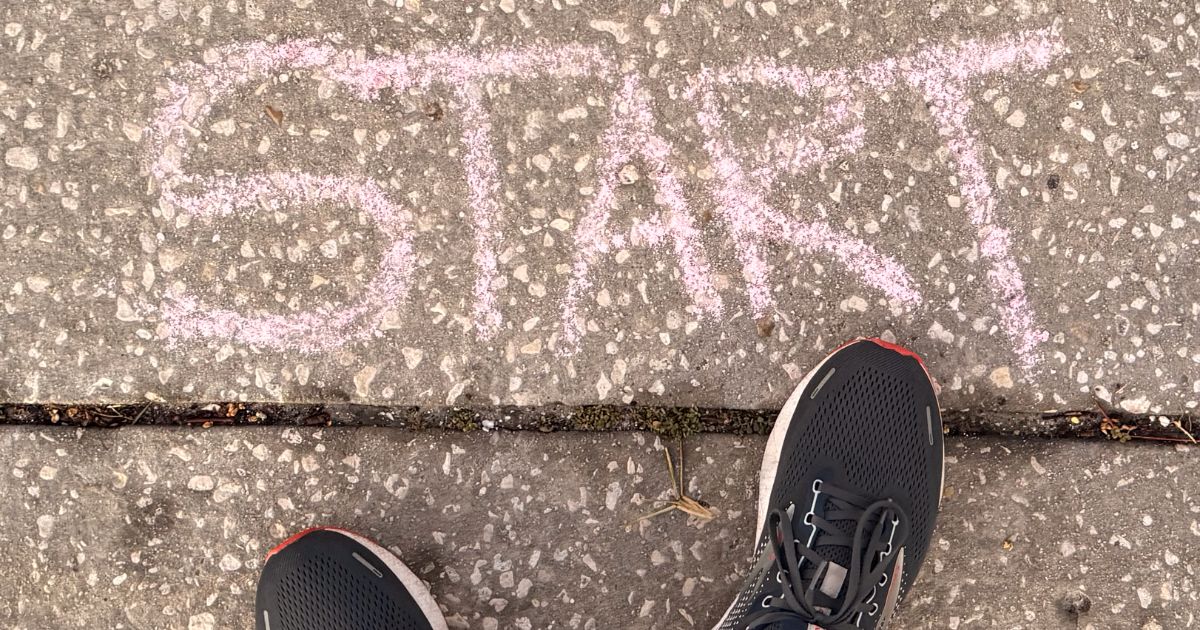Fire up your word processor. Open a blank document. Press Shift-7. Do you see a little squiggly symbol that looks like a squashed g-clef?
That’s called the ampersand, and it means “and.”
An ampersand is a lot like a tuxedo. It’s quite fancy. In some places, it’s a requirement. But you wouldn’t wear a tuxedo everywhere. You’d look quite foolish if you did!
In general, you should only use ampersands when they are part of a name, composition title, or abbreviation. In everyday writing, ampersands can look sloppy and careless. Whenever I encounter an erroneous ampersand, I think the writer was either too hurried or too lazy to type “and.” It feels like I’m reading a tweet, not regular text.
Some examples:
- We delivered the proposal to Johnson & Johnson. (Not Johnson and Johnson, because the ampersand is part of the company’s name.)
- We compete with Ernst & Young. (The ampersand, again, is part of the company’s name.)
- We read “Julie & Julia” in my book club. (The ampersand is part of the title.)
- I renewed my subscription to Home & Garden. (The ampersand is part of the title.)
- We offered the clients coffee, tea, and biscuits. (Don’t write “coffee, tea & biscuits.”)
- We flew to London and drove to Cardiff. (Don’t write “We flew to London & drove to Cardiff.”)
- We should advise our A&D clients to increase spending in R&D. (“A&D” is an acceptable abbreviation for “aerospace and defense,” just as “R&D” is for “research and development.”)
As always, trust your judgment. When in doubt, axe the “&” and write “and” instead.

